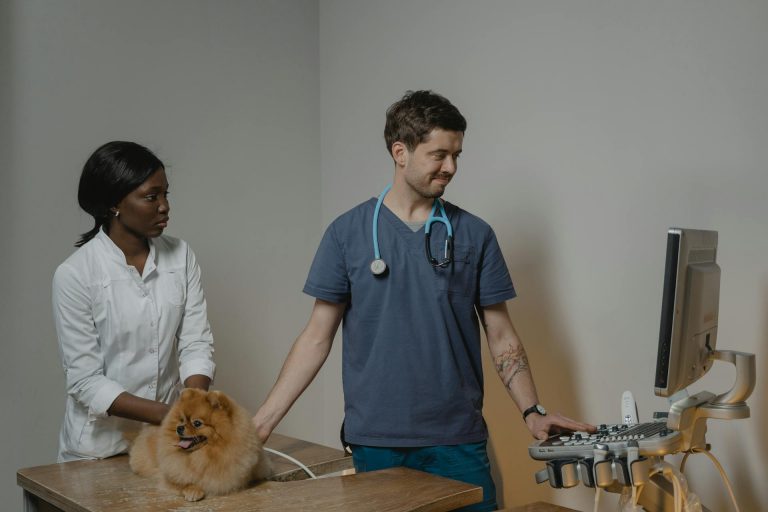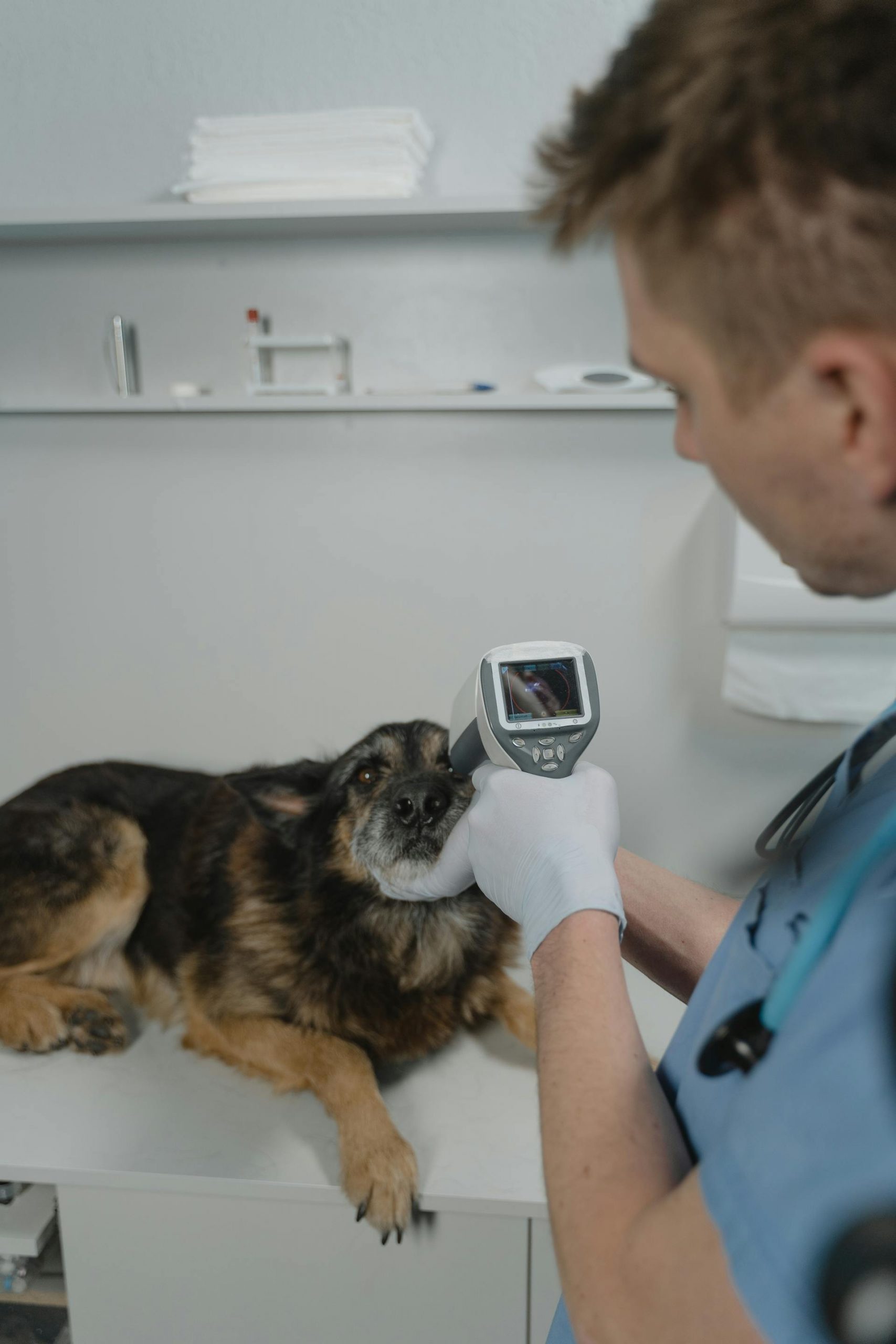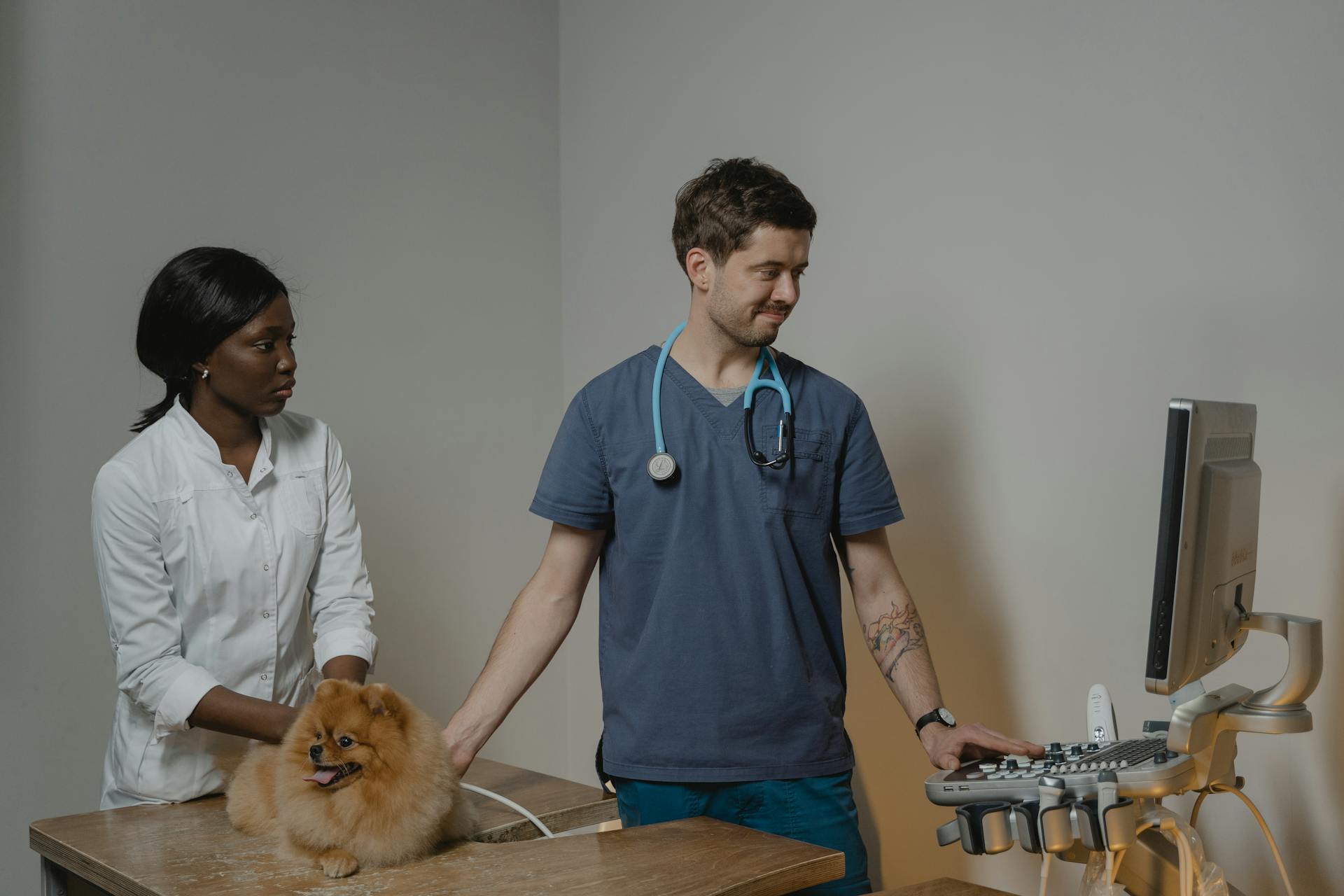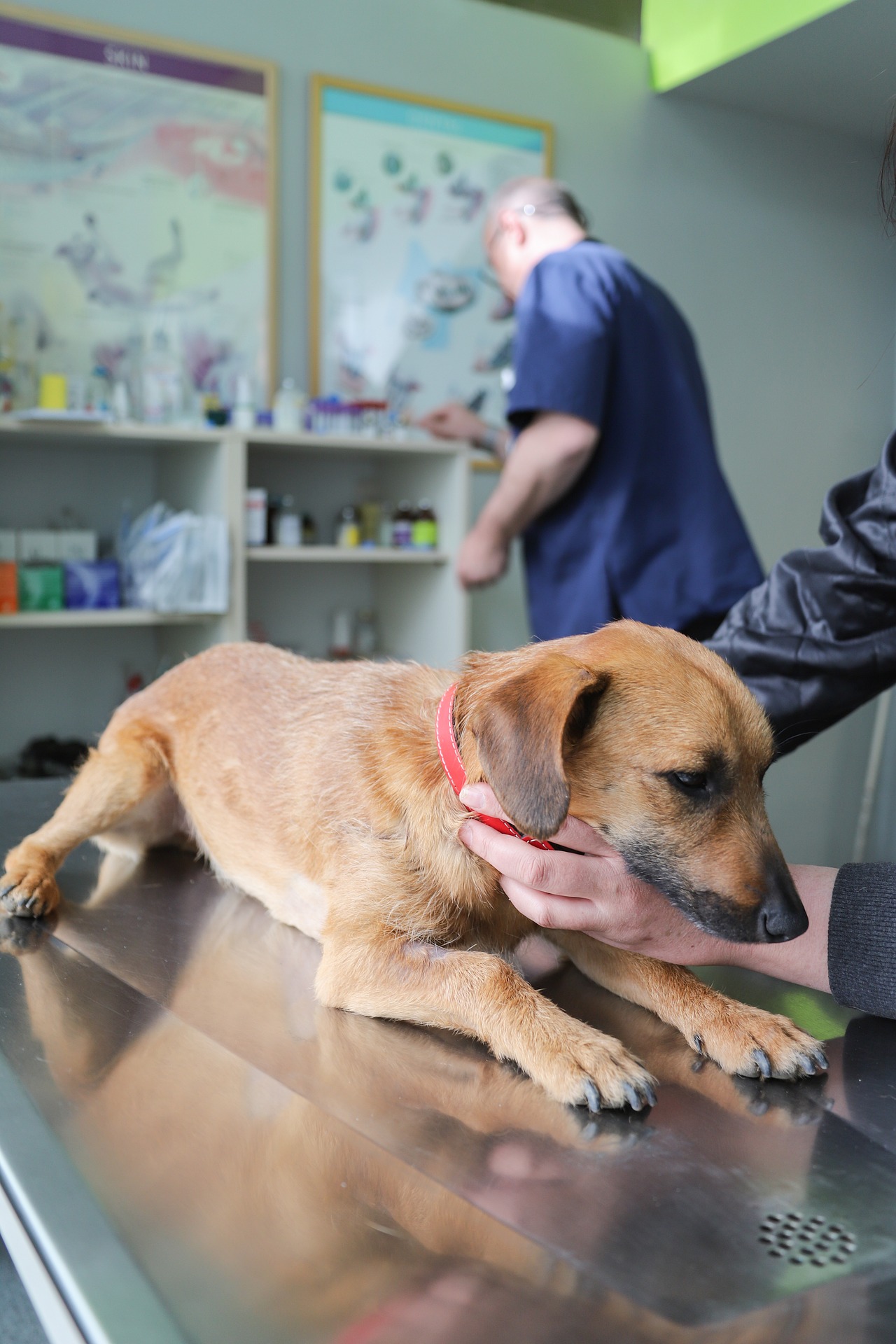SOAP notes represent a standardized methodology for documenting patient information, widely embraced across veterinary practices due to their comprehensive approach to organizing animal health records.
Each section of a SOAP note serves a distinct purpose, collectively contributing to a holistic understanding of a patient’s health status. By employing this structured format, veterinarians can ensure that critical information is systematically captured, facilitating better clinical decision-making.
Subjective
The subjective section is designed to capture the client’s observations and any relevant history concerning their pet.
This may include notable changes in behavior, appetite, or energy levels as reported by the pet owner. Such information is invaluable because it provides insights that might not be immediately apparent during a physical examination.
By understanding the nuances of a pet’s behavior and historical context, veterinarians can tailor their assessments and treatment plans to address specific concerns and improve patient care.
Objective
The objective section is where veterinarians meticulously document measurable data obtained during the physical examination.
This includes vital signs, weight, and any observable symptoms. Objective data serves as a factual basis for clinical assessment and decision-making, ensuring that evaluations are grounded in quantifiable evidence.
By maintaining a detailed record of objective findings, veterinarians can track changes over time, identify patterns, and make informed decisions about the patient’s ongoing care.
Assessment
In the assessment section, veterinarians synthesize the subjective and objective information to arrive at a diagnosis or differential diagnosis.
This analytical process is critical in pinpointing the root cause of the canine’s health issues, guiding the subsequent steps in treatment.
By thoroughly analyzing all available data, veterinarians can develop a comprehensive understanding of the patient’s condition, enabling them to devise effective and targeted treatment strategies.
Plan
The plan section outlines the proposed course of action, which may include further diagnostic tests, treatments, medications, and follow-up appointments.
This section ensures that all team members involved in the canine’s care are aligned regarding the treatment strategy.
By clearly delineating the steps to be taken, the plan section fosters collaboration among the veterinary team, ensuring that every member is aware of their role in the patient’s care journey.
Benefits of Using SOAP Notes in Veterinary Practice
The use of SOAP notes in veterinary practice offers a multitude of advantages, extending beyond mere record-keeping to significantly enhance the quality of care provided to canine patients.
Enhanced Communication
SOAP notes are instrumental in facilitating clear communication among veterinary staff. By providing a standardized format, they ensure that all team members have access to the same information, significantly reducing the likelihood of miscommunication.
This is particularly crucial in busy practices where multiple veterinarians and vet techs may be involved in a single case, as it promotes consistency and clarity in patient care.
Improved Patient Care
By systematically organizing information, SOAP notes enable veterinarians to effectively track a patient’s progress over time.
This structured approach to veterinary patient records allows for better monitoring of treatment efficacy and the early identification of potential complications, ultimately leading to improved patient outcomes.
By maintaining a comprehensive and organized record, veterinarians can ensure continuity of care and make timely adjustments to treatment plans as needed.
Efficient Workflow Management
SOAP notes contribute to more efficient workflow management within veterinary practices. The structured format makes it easier to quickly locate specific information within a patient’s records, streamlining the documentation process.
This efficiency is especially valuable during emergency situations where time is of the essence, allowing veterinarians to make swift and informed decisions that can significantly impact patient outcomes.
Legal Documentation
Beyond enhancing patient care, SOAP notes serve as a robust legal document of the care provided. Accurate veterinary documentation is essential in the event of a legal inquiry or insurance claim, as it provides a detailed account of the clinical reasoning and actions taken.
By meticulously documenting each step of the patient’s care, SOAP notes protect both the practice and the patient, ensuring that all decisions are supported by thorough and accurate records.
How to Implement SOAP Notes in Your Veterinary Practice
Transitioning to the SOAP format may require some adjustments, but the long-term benefits far outweigh the initial effort. Here are some strategies for effectively implementing SOAP notes in your practice:
Training and Education
Ensuring that all veterinary staff are well-versed in the SOAP format is paramount. Understanding the purpose of each section and how to document information accurately is essential for effective use.
Regular training sessions can reinforce these practices, ensuring that the entire team is proficient in utilizing SOAP notes to their full potential.
Utilize Veterinary Scribe Software
Investing in veterinary scribe software can significantly streamline the documentation process. These tools are designed to facilitate the creation of SOAP notes by providing templates and prompts that guide the user through each section. This not only saves time but also minimizes the likelihood of errors, ensuring that documentation is both accurate and efficient.
Consistent Application
Encouraging the consistent use of SOAP notes across all cases is crucial for maximizing their benefits. Consistency in veterinary record-keeping ensures that every patient receives the same level of attention and care. It also facilitates easier review and comparison of patient records over time, enabling veterinarians to build a comprehensive understanding of each patient’s health history.
Case Study – Success with SOAP Notes
Consider the case of a mid-sized veterinary practice that implemented SOAP notes to improve their clinical documentation for veterinarians. Prior to adopting this format, the practice grappled with disorganized records and communication challenges among staff, which often led to inefficiencies and potential errors.
After transitioning to SOAP notes, the practice experienced notable improvements in workflow efficiency and patient care. Veterinarians were able to quickly access comprehensive patient information, leading to more informed decision-making and better treatment outcomes. The standardized format also enhanced collaboration among team members, reducing the risk of errors and ensuring that every patient received consistent, high-quality care.
The Definitive Advantage of the SOAP Method
SOAP notes are a powerful tool in the arsenal of veterinary practices, offering a structured approach to documenting and managing veterinary patient records. By enhancing communication, improving patient care, and streamlining workflow management, SOAP notes play a crucial role in the delivery of high-quality veterinary care.
For veterinary practices looking to optimize their documentation processes and improve canine patient care, adopting the SOAP format is a strategic step forward. With the right training and tools, veterinary teams can leverage the benefits of SOAP notes to provide exceptional care for their patients.










